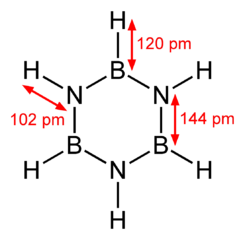The term "organic" in chemistry historically means "requiring a living organism for its creation", as proposed by the vitalism theory. The modern definition differs and can vary, as the answers to posts on this site demonstrate. It might help to quote IUPAC's definition, curiously found under the definition of "functional group":
Organic compounds are thought of as consisting of a relatively unreactive backbone, for example a chain of $\ce{sp3}$ hybridized carbon atoms, and one or several functional groups. The functional group is an atom, or a group of atoms that has similar chemical properties whenever it occurs in different compounds. It defines the characteristic physical and chemical properties of families of organic compounds.
This fits the definition provided by Ben Norris in this post, but disagrees with that by tomij, which requires the presence of atoms of covalently bonded carbon in the compound, although that definition is common.
References
(1) IUPAC. Compendium of Chemical Terminology, 2nd ed. (the "Gold Book"). Compiled by A. D. McNaught and A. Wilkinson. Blackwell Scientific Publications, Oxford (1997). Online version (2019-) created by S. J. Chalk. ISBN 0-9678550-9-8. https://doi.org/10.1351/goldbook.
(2) PAC, 1994, 66, 1077. (Glossary of terms used in physical organic chemistry (IUPAC Recommendations 1994)) on page 1116.


